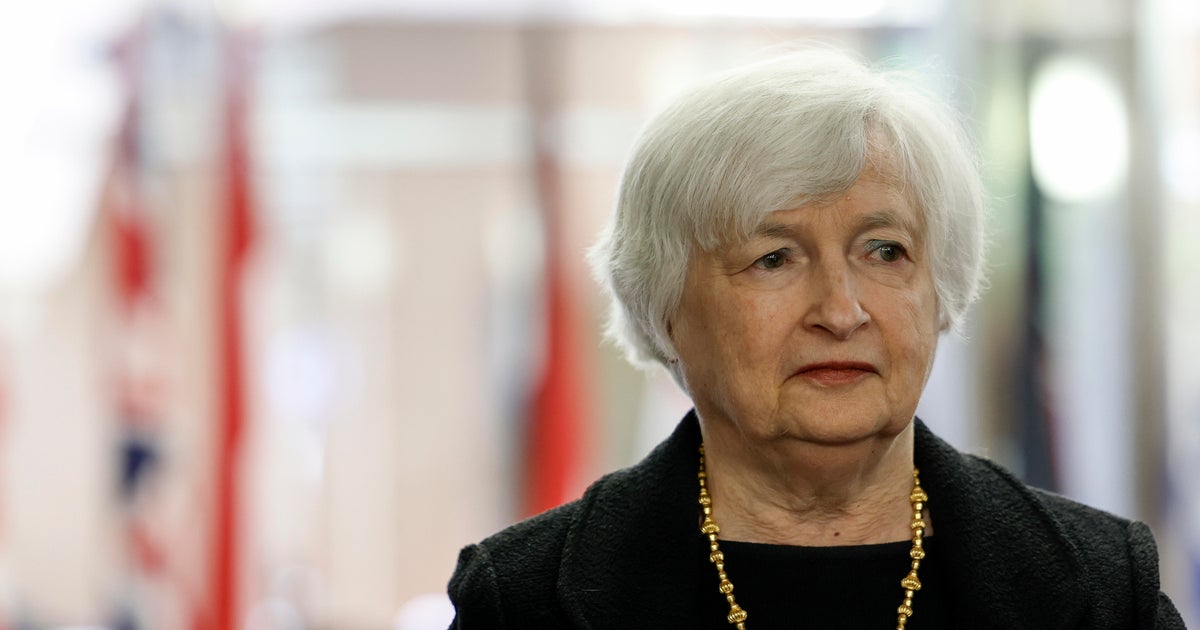More evidence a Fed rate hike is coming in December
WASHINGTON - Federal Reserve officials earlier this month believed it would be appropriate to raise a key interest rate “relatively soon,” with some arguing for a hike at the Fed’s next meeting in December in order to preserve the Fed’s credibility.
Minutes of the Nov. 1-2 meeting released Wednesday show that Fed officials were moving closer to hiking rates for the first time in nearly a year. Some argued that if the Fed didn’t raise rates at its December meeting, it ran the risk of harming the central bank’s credibility given the many signals it had sent about an impending hike.
Private economists are forecasting that the Fed will boost its benchmark rate by a quarter-point at its Dec. 13-14 meeting.
At the November meeting, the central bank left its benchmark rate unchanged in a range of 0.25 percent to 0.5 percent, where it has been all year. Few had been expecting a rate hike then. Economists believed the Fed wouldn’t want to risk destabilizing financial markets with a rate hike just before voters went to the polls.
The November decision was approved on an 8-2 vote. Federal Reserve bank Presidents Esther George of Kansas City and Loretta Mester of Cleveland dissented because they favored an immediate rate hike.
The minutes, which were released with the customary three-week delay from the meeting, gave no indication that officials discussed the presidential election.
In the policy statement released after the meeting, the Fed dropped hints that it was moving closer to a decision to raise rates at its December meeting.
While the Fed’s discussions occurred before the election of Donald Trump as president, Fed Chair Janet Yellen indicated last week that the election hasn’t changed Fed thinking on the timing of the next rate hike. Yellen told the Joint Economic Committee that the case for a rate increase has “continued to strengthen and that such an increase could well become appropriate relatively soon.”
The CME Group’s FedWatch barometer, which tracks investors’ moves in the futures market, puts the probability of a hike in December at 93.5 percent. Said Michael J. Gregory, managing director at BMO Capital Markets: “In the wake of trumped-up stock prices and bond yields, the Fed was already leaning that way three weeks ago (before the election).”
The Fed increased its benchmark rate, the federal funds rate, by a quarter-point last December, the first increase in the rate in seven years. At the time, the central bank projected that it would hike the rate another four times in 2016. But a significant slowdown in U.S. growth in the first half of the year, as well as global weakness and periodic bouts of financial market turbulence, has kept the central bank on the sidelines.
Private economists are currently forecasting two more rate hikes in 2017, believing that low inflation will allow the Fed to stick to its intention to move rates up at a gradual pace.
But analysts concede that there is an unusual amount of uncertainty in the wake of Trump’s surprise victory. They say those forecasts could change if the economic environment changes under Trump. Republicans’ control of the White House and both the Senate and House will likely make it easier for the GOP to enact Trump’s economic proposals.
Already, financial markets have pushed up long-term interest rates by about one-half percentage point. That move reflects investors’ expectation that a program of tax cuts and increased spending on infrastructure projects will boost economic growth, putting upward pressure on interest rates.



